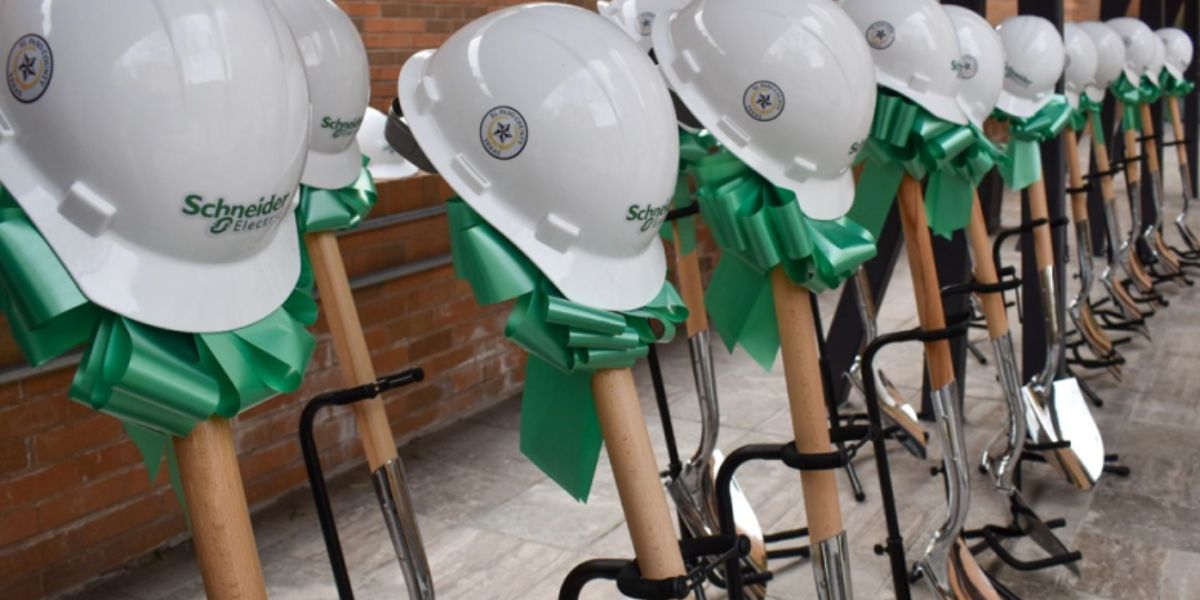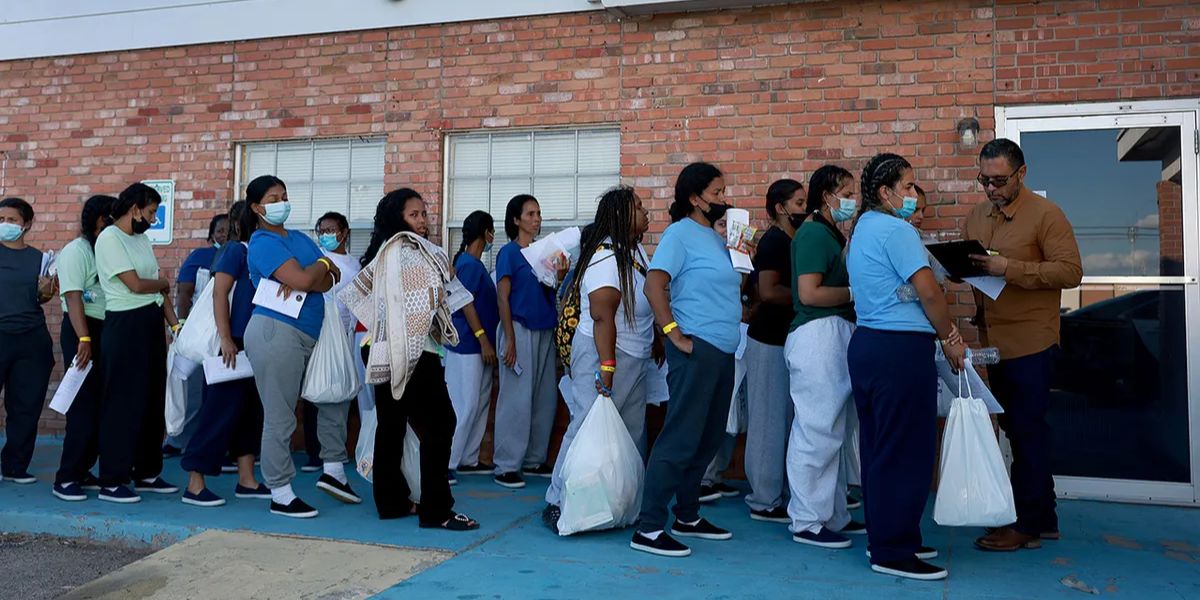El Paso, TX – In communities across the United States, including El Paso, one of the most critical challenges in violence prevention is stopping the cycle of retaliation that often follows assaults, shootings, or domestic disputes. When one act of violence triggers another, entire neighborhoods can fall into patterns of fear and instability. Today, police departments and social workers are rewriting that story—working side by side to intervene early, mediate tensions, and rebuild trust before revenge becomes the next tragedy.
Understanding the Retaliation Cycle
Retaliation crimes typically emerge from unresolved conflicts or trauma. After an incident, victims, families, or peer groups may feel compelled to seek “justice” outside the legal system, often leading to another violent act. Research from the National Institute for Criminal Justice Reform shows that up to 40% of shootings in urban areas are retaliation-related.
Table of Contents
Police officers have long recognized the danger of these cycles, but traditional enforcement alone isn’t enough. Once emotions escalate, what’s needed is immediate communication, community presence, and emotional support—which is where social workers come in.
The New Partnership Model
Across El Paso County and other parts of Texas, law enforcement agencies are developing co-response teams that pair trained officers with licensed social workers or trauma counselors. Together, they respond not just to the incident but to the people affected.
These teams often visit victims’ families within 24–48 hours after a violent event, offering crisis counseling, connecting them to resources, and diffusing tensions before they ignite. The presence of a social worker allows for empathy-driven engagement, while police provide safety and legal protection.
As Daniela Ramos, a violence prevention strategist based in El Paso, explains,
“Our goal is to interrupt the chain reaction. When we show up quickly—listening, guiding, and supporting—we prevent anger from turning into another call for help.”
Building Trust Through Communication
This collaborative model is rooted in trust and relationship-building. Many communities, especially those that have experienced over-policing or historical tension with law enforcement, are more receptive to social workers than to uniformed officers. When both arrive together, residents often see that the goal isn’t punishment—it’s protection and healing.
Through community liaison programs, social workers train officers to identify emotional triggers, recognize trauma responses, and connect individuals to mental health or housing support. This human-centered approach ensures that the aftermath of violence doesn’t leave families isolated or unsupported.
Preventing Violence Before It Starts
The partnership goes beyond reaction—it’s proactive. Police and social workers now share data and community insights to identify high-risk individuals and intervene early. For instance:
- Youth mentoring programs match teens exposed to violence with local counselors and outreach workers.
- Restorative justice circles bring together families, neighbors, and law enforcement to discuss conflicts and rebuild relationships.
- Neighborhood safety teams monitor ongoing disputes to defuse tensions before they escalate into revenge incidents.
In El Paso, these combined strategies have lowered repeat assault rates in several at-risk neighborhoods, according to local community safety reports.
The Role of Hospitals and Schools
Hospitals have also become key partners in this collaboration. When victims of violence arrive for treatment, hospital-based intervention teams—often composed of social workers and trauma specialists—immediately engage them and their families. They provide counseling, safety planning, and coordination with law enforcement if retaliation risk is identified.
Schools, too, play a preventive role. Social workers embedded within school systems help identify students affected by community violence, connect them to counseling, and alert community partners when external conflicts threaten to spill onto campus grounds.
Challenges and the Path Forward
Despite their success, co-response programs face obstacles. Funding, staffing shortages, and differing institutional cultures can slow progress. Some officers require additional training in trauma-informed practices, while social workers need support managing safety risks in volatile environments.
Still, the evidence is clear: collaboration reduces repeat incidents. When departments align their missions around safety and healing rather than enforcement alone, communities begin to see tangible improvements in trust and stability.
“We can’t police our way out of trauma,” Ramos adds. “But we can heal communities through partnership, compassion, and persistence.”
A Model for Other Cities
El Paso’s approach has drawn attention from other U.S. cities implementing violence interruption programs and community navigator initiatives. By investing in shared response systems—where law enforcement, social services, and residents all play a role—these cities are creating safer, more connected communities.
When compassion and accountability work hand in hand, retaliation no longer feels like the only response to pain—it becomes the start of recovery.
What do you think?
Have you seen similar collaborations between police and social workers in your community? Share your thoughts or local experiences in the comments below and explore more community safety stories at reachviolenceprevention.org.











